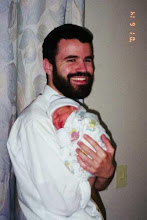Pirkei Avot 6:5 teaches that Torah is acquired in 48 ways, which it
lists for us. The second of the 48 is shemiat ha'ozen, or listening.
Rabbeinu Bechayye explains that this includes "being careful to hear all parts of what is said, not responding until the teacher completes all of his words."
This is an important skill in many aspects of our lives, and certainly in study. To understand complex ideas, we need to hear the speaker out, paying attention to all aspects of the presentation. If we are planning our response to one segment before the other segments have been laid out, we are liable to miss important information.
Good moed,
Mordechai
